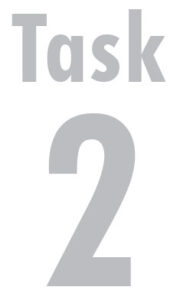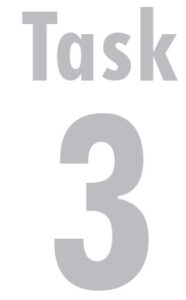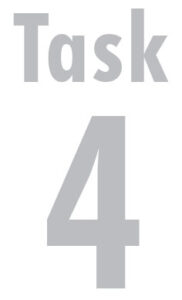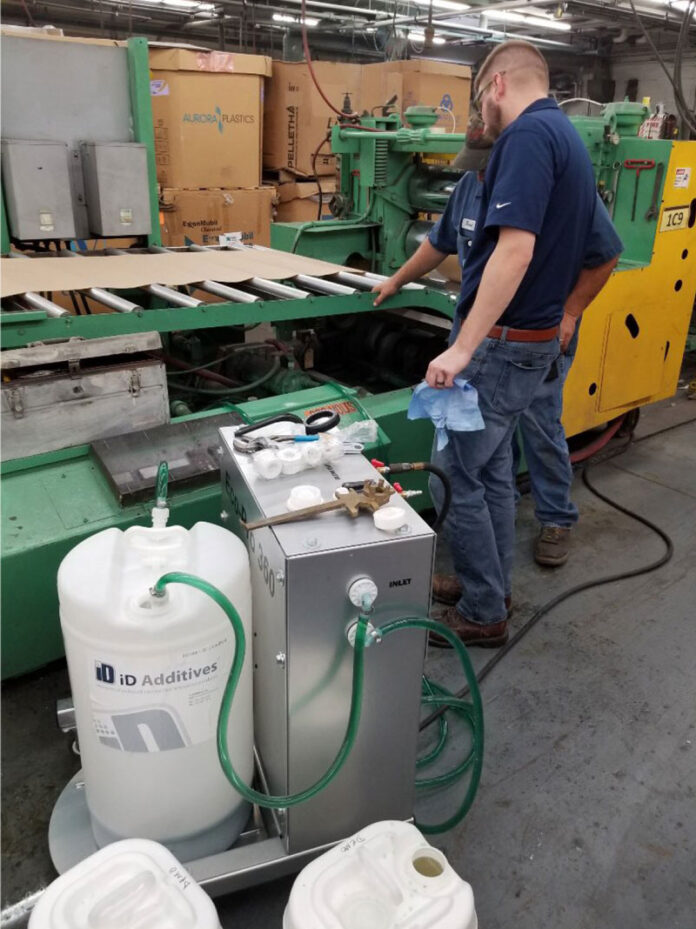by Bryan Whitaker, technical manager, iD Additives
The tool room can be a low priority on the organizational totem pole, but a few simple steps during downtime or facility slowdowns can eliminate pain points, save time, open up new opportunities and even prevent major financial losses in the event of an emergency. Here are five jobs to do now in the tool room.
 Create a list of items of priority and rank them.
Create a list of items of priority and rank them.
Make a list of three to five pain points – things that are an issue and need to be addressed. A lot of moldmakers and technicians are retiring, which puts stress on the supply of labor. Things start to pile up. If a shop is in that scenario, start small: What three things do you need to accomplish daily? If you’re tackling the day-to-day stuff effectively, then find your top three to five priorities this month – or this year.
Once those pain points are identified, rank them. This is an elementary exercise, but I find it’s helpful because a lot of times when I go into a shop, what’s a priority for the tool room is not a priority for other areas in the operation.
By going through this exercise and then ranking the issues that emerge, you can see from a management perspective what your employees think. And, you should ask for these pain points across all shifts, because what’s important to someone on third shift might not be important to first shift.
Do this anonymously. There can be a fear of speaking up. To help with this, some teams allow their people to type their answers rather than writing them by hand. Some teams put 20 items on a board and have people circle their top 5.
Once you’ve identified the biggest problem child – the one that makes you roll your eyes the absolute hardest – tackle this first. Knock out the kingpin – the rest will fall easily.
Bonus work for your company
Take this an extra step by having each department do this exercise – from operations to purchasing to quality. Once that’s done, combine all the answers and see what’s important for everyone. Is there any overlap? You can start to rank the biggest pain points in your company as a whole.
 Take inventory of your molds and organize them.
Take inventory of your molds and organize them.
I’ve been in some very clean, organized shops, but they are few and far between. A lot of custom molders have a space for tools, but no organization. While there might be one guy who runs your tool shop and knows exactly where every tool is – even if it only runs every year or two – what happens when that guy retires? What happens if a tool is shipped out to a customer during first shift and other shifts aren’t informed?
Take inventory of the tools you have in-house, and then take an extra step by finding an appropriate home on the shelf for each tool. I should be able to walk into a shop and see on a spreadsheet that the tool I want is in Row A, Spot 4.
It’s simple, but it can really help a shop far beyond just the visual organization. Because there aren’t a lot of tool shop managers in the labor pool, these valuable employees are shifting from one facility to another, which means a lot of history can be lost. Setting systems in place now can save time and energy later.
Bonus work for your company
Check your fire extinguisher lines. I give credit to Steve Johnson at Mold Trax: He brought this to my attention.
A lot of facilities treat the water that goes into their molds because it affects heat transfer and part cooling. The fire extinguisher lines do not contain quality water. If a fire extinguisher line ever goes off, you’re risking your molds. At a bare minimum, put a tarp over your molds to at least deflect a little of that water. A $100 tarp could prevent a $1 million loss.
 Create a cataloging system for spare parts and reorders.
Create a cataloging system for spare parts and reorders.
A lot of shops have drawers for O-rings and drawers for fittings – everything is put into a storage cabinet or tooling chest. But, there aren’t a lot of facilities that have reordering systems in place – or there isn’t one in place that makes sense in a busy tool room.
If I’m in a tool room and I’m told that a tool needs to be PM’d by the end of my shift, I’m going to work hard to make sure that tool is up and running. What I’m not going to do is spend time to catalog all of the parts I used to perform the maintenance and then log those into my ERP system. When I focus on the maintenance and ignore the data entry, the purchasing agents (rightly) get upset, and the management team isn’t happy because the tool room isn’t using the expensive ERP system.
I was at a shop in Michigan that had a cataloging system that solved this issue. This facility had a two-tag system, much like the old library card system. Two tags were created for each part – one that was pulled when the part was down to re-order status (this varied from part to part) and a second for a red alert, meaning the first tag was gone and there were no parts remaining. This red alert signaled the purchasing department to look into the reorder status. When the tooling technician was done with a job, he simply placed any/all tags he pulled into the tray of whomever was responsible for re-ordering parts (his supervisor, purchaser, etc).
This system allowed the tooling employee to do the task – pm’ing molds – and the purchasing department to do what it does best. It’s a simple step that allows companies to use their ERP systems without putting the burden on the tooling room personnel.
 Trial new equipment and material.
Trial new equipment and material.
There are a lot of suppliers that want you to try their materials or test their equipment, and many trials are free. It goes back to the priority list in Step 1: What would you like to change? Your engineering team might want to lightweight a part or improve cycle time. For tool room employees, it might be trying a new insert or finding a way to save time when pm’ing a mold.
Materials suppliers are giving away free samples because they want to sell you on their product. Downtime is a great opportunity to explore new resins or make process improvements, especially if you don’t have an R&D line that’s separate from the production line.
Trust the new course of action.
I visited around 60 or 70 shops last year, and some of the best ideas I’ve seen have come from someone changing things up and challenging the status quo. But, this is only effective if everyone buys in. The tool room managers need to be open to new ideas, and the members of the tooling team need to be on the same page. When that happens, I’ve seen the change in culture in those facilities.
Once everyone starts to buy in to new systems and believe in the improvements, life becomes easier for the entire team. This ties back into Step #1. If you’re responding to something in the survey, the employees can tell if you genuinely want to improve the issues that were brought up or if you’re going through the motions. This is a chance to try to find solutions for common problems.
Bonus To-Do Item: Purge!
No, not the purging compound… but now is a great time to purge obsolete molds, tools, materials, etc.
There are a lot of facilities that have these things sitting in a corner when they haven’t been used for years. Sell it off, recycle it or get rid of it. There’s no need to have it taking up space. And, it feels good to get rid of things and clean up your tool room.
Bryan Whitaker is the technical manager for iD Additives, Inc., La Grange, Illinois. Founded in 2005, iD Additives offers full lines of foaming agents, liquid foam, purging compounds, MRO products and other additives for the plastics industry. Custom products can be designed with iD Additives’ unique compounding technology that allows the company to provide its customers with speed, versatility and accuracy. Coupling foaming agent technology with other additive and colorant needs allows the company to offer a cost-effective “One Pellet Solution.”
More information: 708.588.0081 or www.idadditives.com






